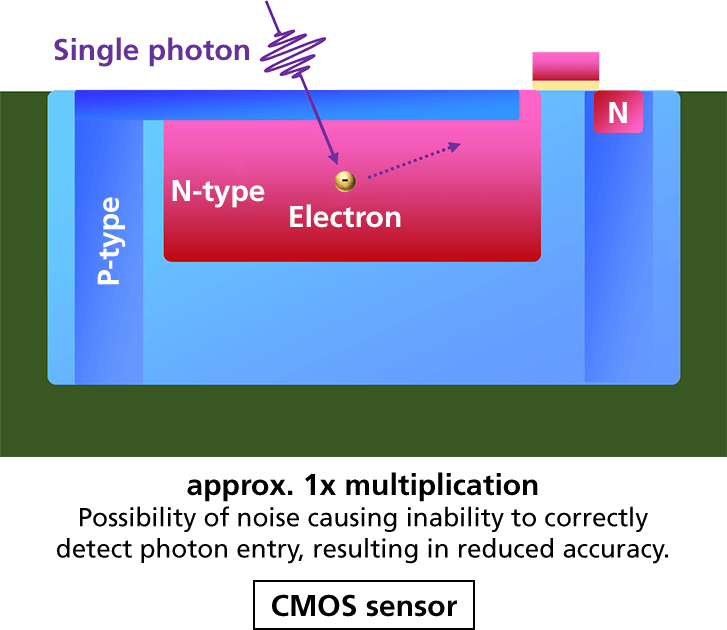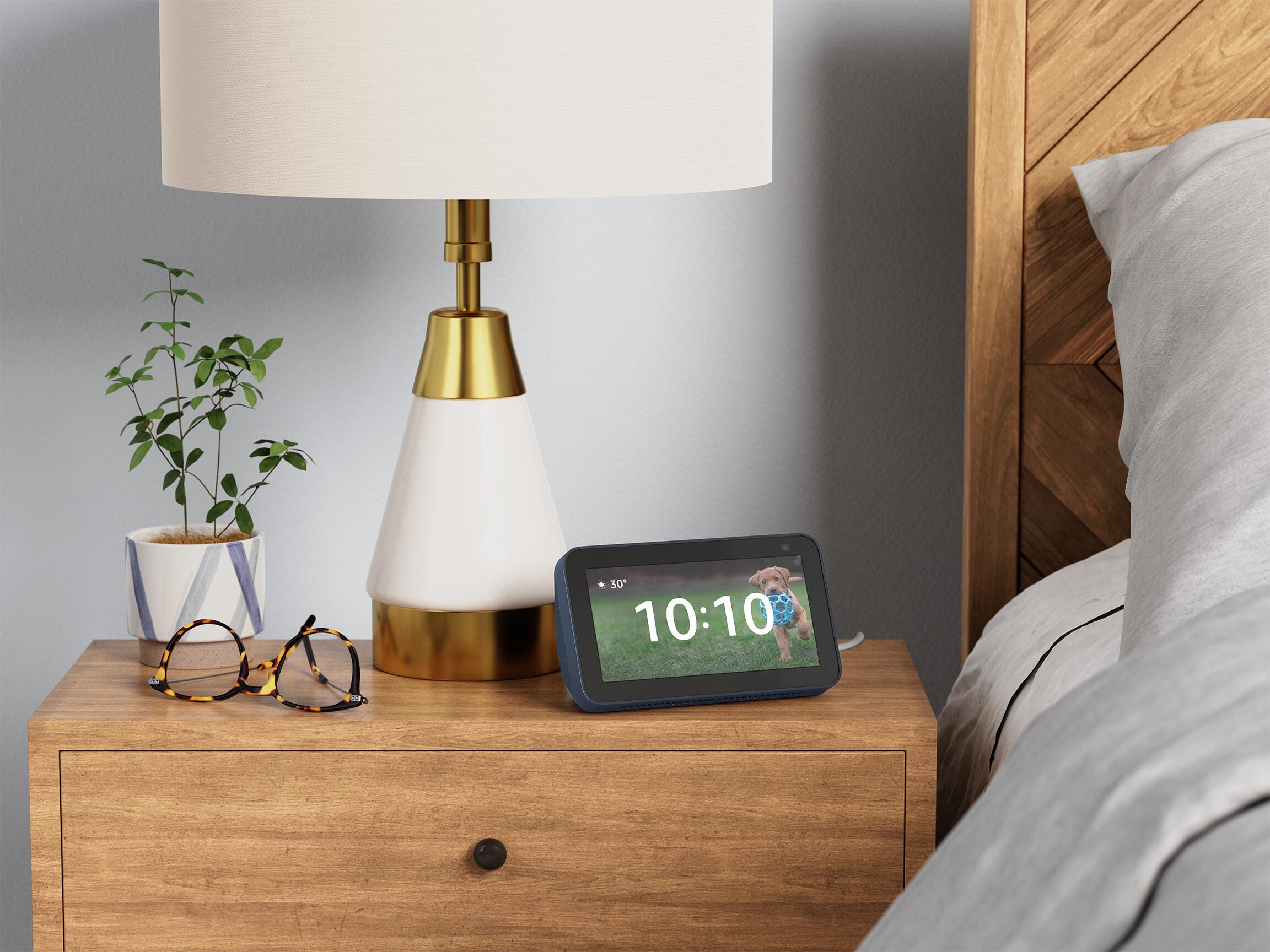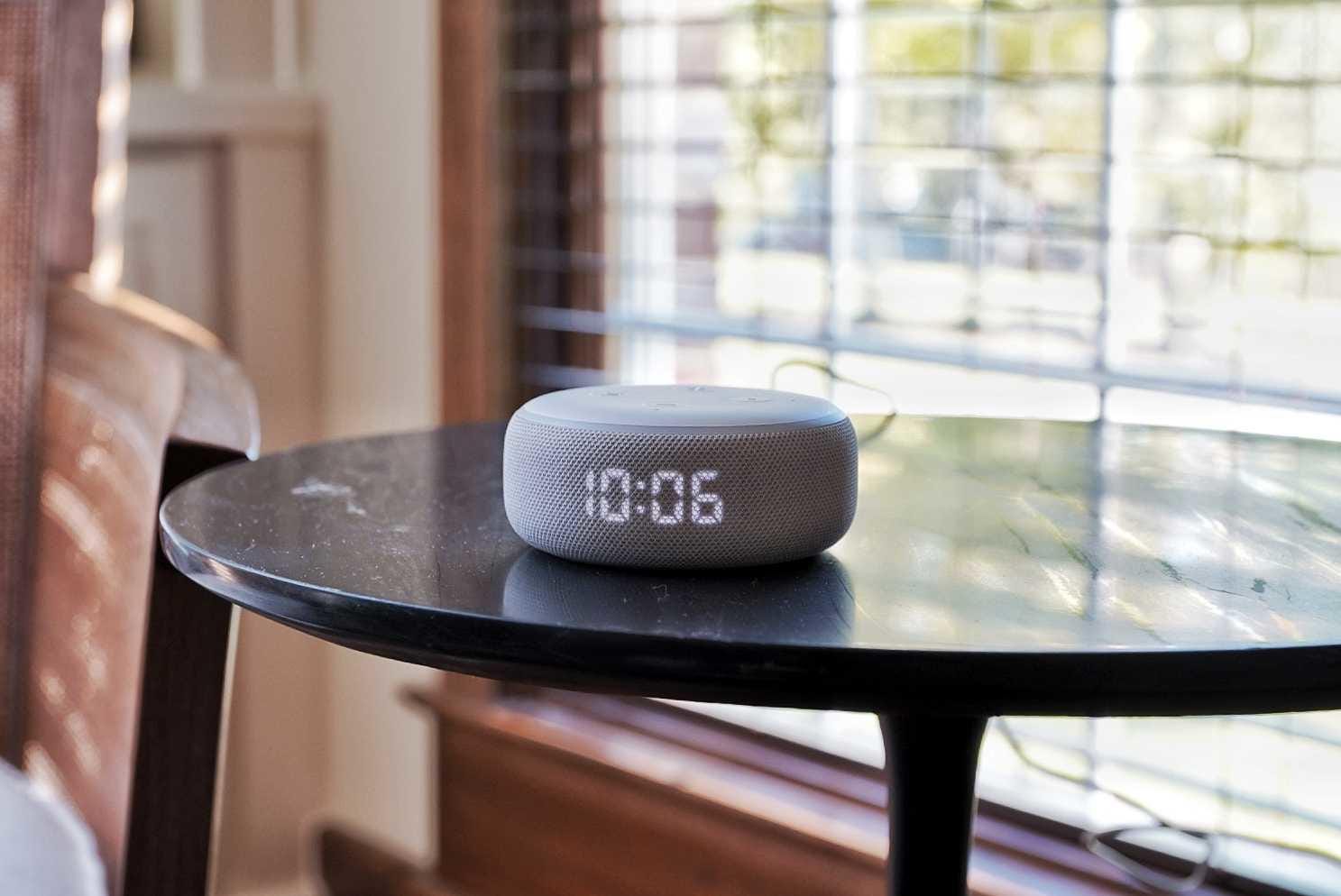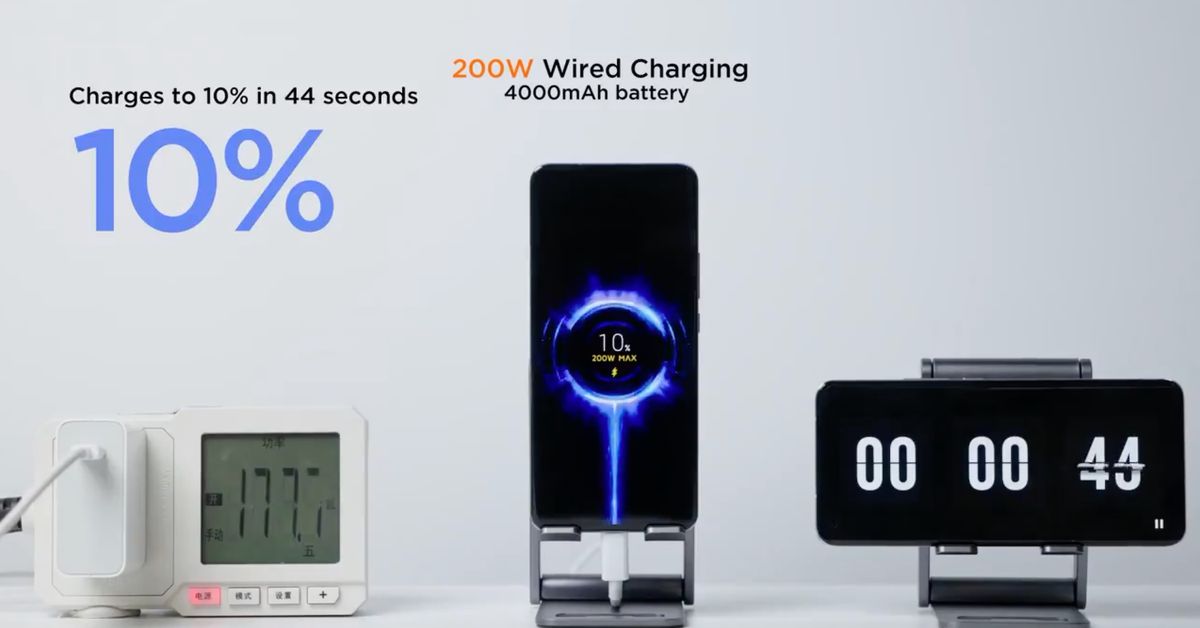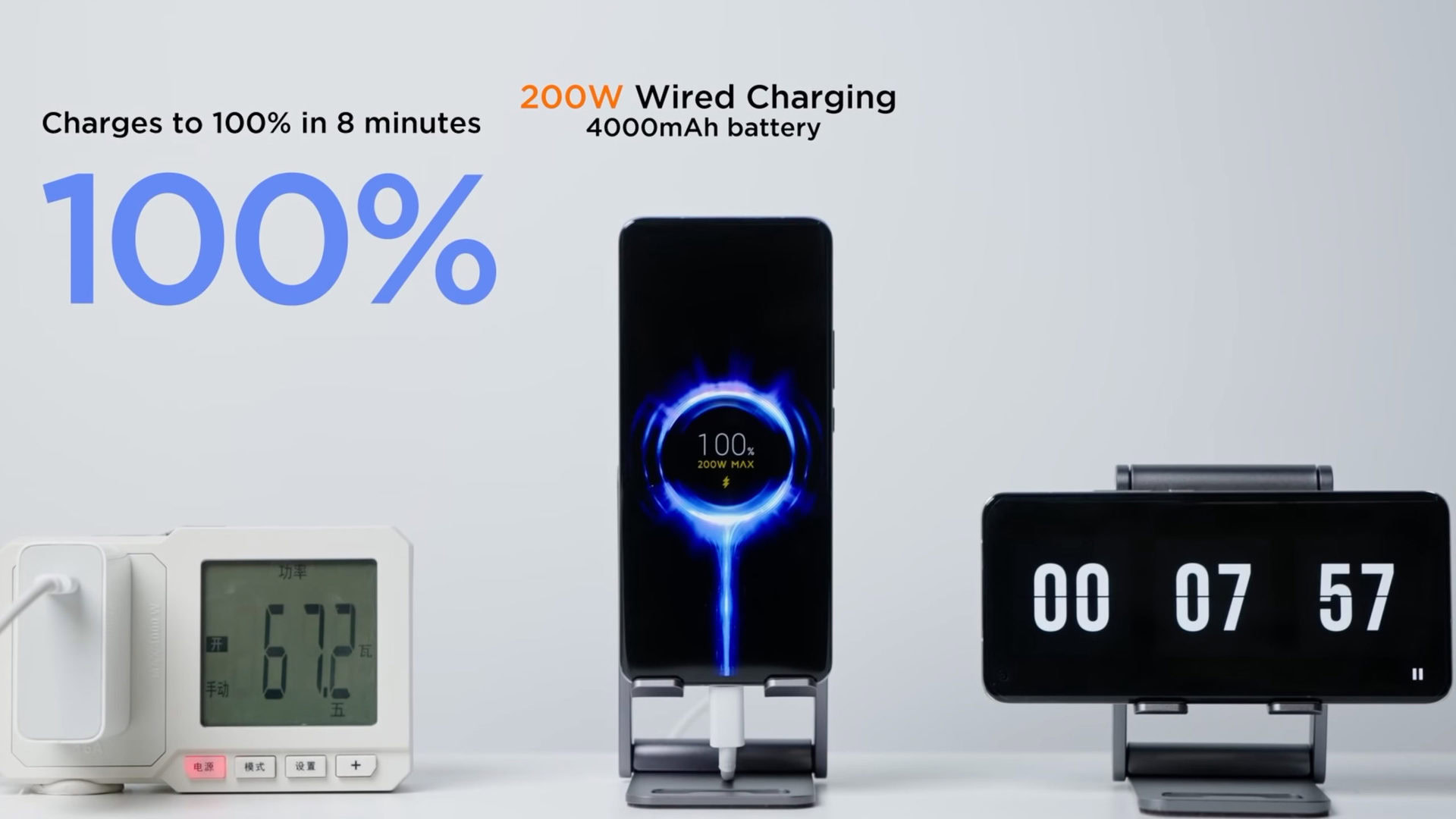GlobeNewswire
Santhera and ReveraGen Announce Positive and Statistically Highly Significant Topline Results with Vamorolone in Pivotal VISION-DMD Study
Santhera will hold a conference call / webcast today at 16:00 CEST, 15:00 BST, 10:00 EDT. Details are at the end of this statement. Vamorolone demonstrates strong efficacy across primary and secondary endpoints in both doses of 6 mg/kg/day and 2 mg/kg/dayPrimary endpoint Time to Stand (TTSTAND) velocity is met for vamorolone 6 mg/kg/day versus placebo (p=0.002) Secondary endpoints for Six-Minute Walk (6MWT) and Time to Run/Walk 10 meters (TTRW) tests achieve statistical significance versus placebo Study confirmed good safety and tolerability profile of vamorolone for both doses Santhera plans to file a New Drug Application (NDA) with the US FDA in Q1-2022, requesting priority review Pratteln, Switzerland, and Rockville, MD, USA, June 1, 2021 – Santhera Pharmaceuticals (SIX: SANN) and ReveraGen BioPharma, Inc (US: private) announce positive key results from the VISION-DMD study, demonstrating robust efficacy across multiple efficacy endpoints and favorable safety and tolerability of vamorolone in the treatment of patients with DMD. VISION-DMD is a pivotal Phase 2b study designed to demonstrate efficacy and safety of vamorolone compared to placebo and prednisone (active control) in the treatment of DMD. In the first 24-week double-blind period, of which the topline data readout is presented here, 121 ambulant boys aged 4 to <7 years with DMD were randomized to receive vamorolone (low dose 2 mg/kg/day or high dose 6 mg/kg/day) or prednisone (0.75 mg/kg/day) or placebo. A second period of 24 weeks, where all participants receive vamorolone treatment on either of the two dose levels, will continue to capture additional longer term safety and tolerability data. Vamorolone demonstrates efficacy across primary and secondary endpoints and over a broad dose rangeThe study met its primary endpoint of superiority in change of time to stand from supine positioning to standing (TTSTAND) velocity with vamorolone 6 mg/kg/day versus placebo (p=0.002) with a treatment difference of 0.06 [95% CI: 0.02–0.10] rises/second from baseline. This corresponds to a clinically relevant improvement in TTSTAND in the vamorolone 6 mg/kg/day group from 6.0 to 4.6 seconds and a corresponding deterioration in the placebo group from 5.4 to 5.5 seconds. The study also demonstrated superiority of vamorolone versus placebo across multiple secondary endpoints which include (in the order of pre-defined hierarchy): TTSTAND velocity for 2 mg/kg/day (p=0.02), 6MWT for 6 mg/kg/day (p=0.003) and 2 mg/kg/day (p=0.009), TTRW for 6 mg/kg/day (p=0.002). The clinical results establish the efficacy of vamorolone over a wide, threefold dose range from 2 to 6 mg/kg/day. No statistically significant differences were observed between vamorolone 6 mg/kg/day and prednisone across the above endpoints. Vamorolone showed a favorable safety and tolerability profile over prednisone The study completion rate at 24 weeks was 94% (or 114 of 121 participants). Vamorolone at both doses of 2 and 6 mg/kg/day showed a favorable safety and tolerability profile. In the vamorolone groups, no grade 3 or higher treatment emergent adverse events (TEAEs) or adverse events leading to study discontinuation were observed. The total number of TEAEs was lower in the vamorolone 2 mg/kg/day (events n=96) and 6 mg/kg/day (n=91) groups compared to prednisone (n=120). In a prespecified analysis of clinically relevant adverse events (moderate, severe, serious or leading to discontinuation due to safety), defined for the EMA and conducted by Santhera, vamorolone 6 mg/kg/day was significantly superior to prednisone (n=6 vs n=19, p=0.02). As previously published, in open-label studies of 2.5 years duration (113 patient years), vamorolone did not show stunting of growth as reported with conventional corticosteroids. Particularly noteworthy, this was validated in the current 24-week double-blind study where vamorolone 6 mg/kg/day versus prednisone 0.75 mg/kg/day showed a significant difference in growth velocity (p=0.02). “Stunting of growth is a major concern of families and patients treated with corticosteroids, and we are delighted to see this superiority of vamorolone proven in this double-blind study,” said Paula Clemens, MD, study Co-Chair, and Vice Chair of VA Affairs and Professor of Neurology, University of Pittsburgh School of Medicine. “Today’s news is a tremendous milestone for patients and Santhera as we further advance vamorolone as a foundational treatment option in DMD. The treatment effect translates into the potential to delay disease progression by about two years and indicates disease modifying potential of vamorolone,” said Dario Eklund, Chief Executive Officer of Santhera. “We now look forward to working with regulatory authorities to bring vamorolone to DMD patients, first in the US and subsequently in Europe. “We are thrilled about the positive results of the VISION-DMD study as it represents a culmination over a decade of scientific research,” said Eric Hoffman, PhD, President and CEO at ReveraGen BioPharma and Professor of Pharmaceutical Sciences, Binghamton University – State University of New York. “We are grateful to have been able to gather such important data and would like to thank all VISION-DMD participants, their families and caregivers, as well as investigators and study personnel, for their commitment to this ongoing program.” “The strength of evidence for both efficacy and safety of vamorolone over such a wide dose range from 2 to 6 mg/kg/day allows clinicians to individually tailor treatment of Duchenne patients by starting at the higher 6 mg/kg/day dose of vamorolone with equivalent efficacy to daily prednisone and titrate the dose according to how well the treatment is tolerated whilst maintaining optimal efficacy. I am enthusiastic that this approach may allow patients to avoid side effects that currently lead to discontinuing steroid treatment, meaning they are able stay on for longer,” said Craig McDonald, MD, Professor and Chair, Department of Physical Medicine & Rehabilitation and Director of Neuromuscular Disease Clinics, UC Davis Health, USA. Santhera plans to submit a New Drug Application (NDA) in the US in Q1-2022, requesting a priority review based on the fast track designation granted by the FDA. The VISION-DMD study continues to 48 weeks and will, subject to a positive outcome, deliver data for the submission of a marketing authorization application in Europe in Q2-2022. Upon approval, Santhera intends to commercialize vamorolone for the treatment of DMD through its own organization in the United States and main markets in Europe, and is seeking collaborations outside those regions for DMD and for additional indications worldwide. Santhera estimates the peak sales potential for vamorolone in the indication DMD alone to be in excess of USD 500 million in the US and the largest five European countries combined. Vamorolone has been granted Orphan Drug status in the US and in Europe, and has received Fast Track and Rare Pediatric Disease designations by the US FDA and Promising Innovative Medicine (PIM) status from the UK MHRA. On September 2, 2020, Santhera signed agreements with ReveraGen and Idorsia that granted Santhera an exclusive license to vamorolone for all indications worldwide. Santhera WebcastSanthera will hold a conference call with webcast today at 16:00 CEST / 15:00 BST / 10:00 EDT to discuss the vamorolone study results. Participants are invited to join either the webcast or conference call 5-10 minutes before the start. Questions will only be taken from participants on the conference call. Webcast: click here https://ift.tt/3x02v9F call: dial one of the following numbers (Conference ID 13720219):Toll Free: +1-877-407-9716Toll/International: +1-201-493-6779Replay: a webcast replay of the conference will be available shortly after the call at the above link.Slides: the slide presentation will be available after the webcast at https://ift.tt/3p7JJKq. About VISION-DMDVISION-DMD is a 48-week Phase 2b study designed as a pivotal trial to demonstrate efficacy and safety of vamorolone (2 and 6 mg/kg/day) versus prednisone (0.75 mg/kg/day) and placebo in 121 ambulant boys aged 4 to <7 years with Duchenne muscular dystrophy (DMD). The topline results cover data from the first period of 24 weeks of the study where vamorolone is compared to placebo (FDA-prerequisite for filing an NDA) and prednisone. The primary endpoint of the study is TTSTAND velocity at 24 weeks comparing the 6 mg/kg/day dose of vamorolone to placebo. TTSTAND velocity measures the speed at which patients are able to stand up from lying in a supine position and is a strong and recognized marker for muscle function. Secondary efficacy outcome measures include TTSTAND velocity for vamorolone at the lower dose of 2 mg/kg/day, Six-Minute Walk (6MWT) and Time to Run/Walk 10 meters (TTRW) tests at 24 weeks. The VISION-DMD study continues to completion at 48 weeks. During the second period of this 48-week study, all participants receive vamorolone. Participants from the placebo and prednisone arms are randomized to either the 2 or 6 mg/kg/day dose of vamorolone and the current vamorolone arms continue on their existing dose. The final data readout is expected in Q4-2021. In addition to efficacy, the study aims to confirm the favorable tolerability profile of vamorolone with the potential to offer an alternative to current standard of care. Although glucocorticoids are part of the current care recommendations for DMD, their adverse effect profile limits their use. About Vamorolone Vamorolone is a first-in-class dissociative steroid which retains the anti-inflammatory activity of corticosteroids while decreasing the deleterious side effects. As such, vamorolone could emerge as a promising alternative to existing corticosteroids, the current standard of care in children and adolescent patients with DMD. There is substantial unmet medical need in this patient group as high-dose corticosteroids have significant systemic side effects that diminish patient quality of life. Vamorolone was discovered by US-based ReveraGen BioPharma, Inc. and is being developed in collaboration with Santhera, which owns worldwide rights to the drug candidate in all indications. The vamorolone development program has received funding from several international non-profit foundations and patient organizations, the US National Institutes of Health, the US Department of Defense and the European Commission’s Horizon 2020 program. About Duchenne Muscular DystrophyDuchenne muscular dystrophy (DMD) is a rare inherited X-chromosome-linked disease, which almost exclusively affects males. DMD is characterized by inflammation which is present at birth or shortly thereafter. Inflammation leads to fibrosis of muscle and is clinically manifested by progressive muscle degeneration and weakness. Major milestones in the disease are the loss of ambulation, the loss of self-feeding, the start of assisted ventilation, and the development of cardiomyopathy. DMD reduces life expectancy to before the fourth decade due to respiratory and/or cardiac failure. About SantheraSanthera Pharmaceuticals (SIX: SANN) is a Swiss specialty pharmaceutical company focused on the development and commercialization of innovative medicines for rare neuromuscular and pulmonary diseases with high unmet medical need. Santhera has an exclusive license for all indications worldwide to vamorolone, a first-in-class dissociative steroid with novel mode of action, which was investigated in a pivotal study in patients with DMD as an alternative to standard corticosteroids. The clinical stage pipeline also includes lonodelestat (POL6014) to treat cystic fibrosis (CF) and other neutrophilic pulmonary diseases as well as an exploratory gene therapy approach targeting congenital muscular dystrophies. Santhera out-licensed ex-North American rights to its first approved product, Raxone® (idebenone), for the treatment of Leber's hereditary optic neuropathy (LHON) to Chiesi Group. For further information, please visit www.santhera.com. Raxone® is a trademark of Santhera Pharmaceuticals. About ReveraGen BioPharmaReveraGen was founded in 2008 to develop first-in-class dissociative steroidal drugs for Duchenne muscular dystrophy and other chronic inflammatory disorders. The development of ReveraGen’s lead compound, vamorolone, has been supported through partnerships with foundations worldwide, including Muscular Dystrophy Association USA, Parent Project Muscular Dystrophy, Foundation to Eradicate Duchenne, Save Our Sons, JoiningJack, Action Duchenne, CureDuchenne, Ryan’s Quest, Alex’s Wish, DuchenneUK, Pietro’s Fight, Michael’s Cause, Duchenne Research Fund, and Jesse’s Journey. ReveraGen has also received generous support from the US Department of Defense CDMRP, National Institutes of Health (NCATS, NINDS, NIAMS), and European Commission (Horizons 2020). www.reveragen.com For further information please contact: SantheraSanthera Pharmaceuticals Holding AG, Hohenrainstrasse 24, CH-4133 Prattelnpublic-relations@santhera.com orEva Kalias, Head External CommunicationsPhone: +41 79 875 27 80eva.kalias@santhera.com ReveraGen BioPharmaEric Hoffman, PhD, President and CEO Phone: + 1 240-672-0295eric.hoffman@reveragen.com Disclaimer / Forward-looking statements This communication does not constitute an offer or invitation to subscribe for or purchase any securities of Santhera Pharmaceuticals Holding AG. This publication may contain certain forward-looking statements concerning the Company and its business. Such statements involve certain risks, uncertainties and other factors which could cause the actual results, financial condition, performance or achievements of the Company to be materially different from those expressed or implied by such statements. Readers should therefore not place undue reliance on these statements, particularly not in connection with any contract or investment decision. The Company disclaims any obligation to update these forward-looking statements. # # # Attachment 2021 06 01_PR_VamTopline_e_final
Instagram will surface more reshared posts amid Palestinian censorship claims - Yahoo! Voices
Read More







